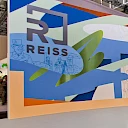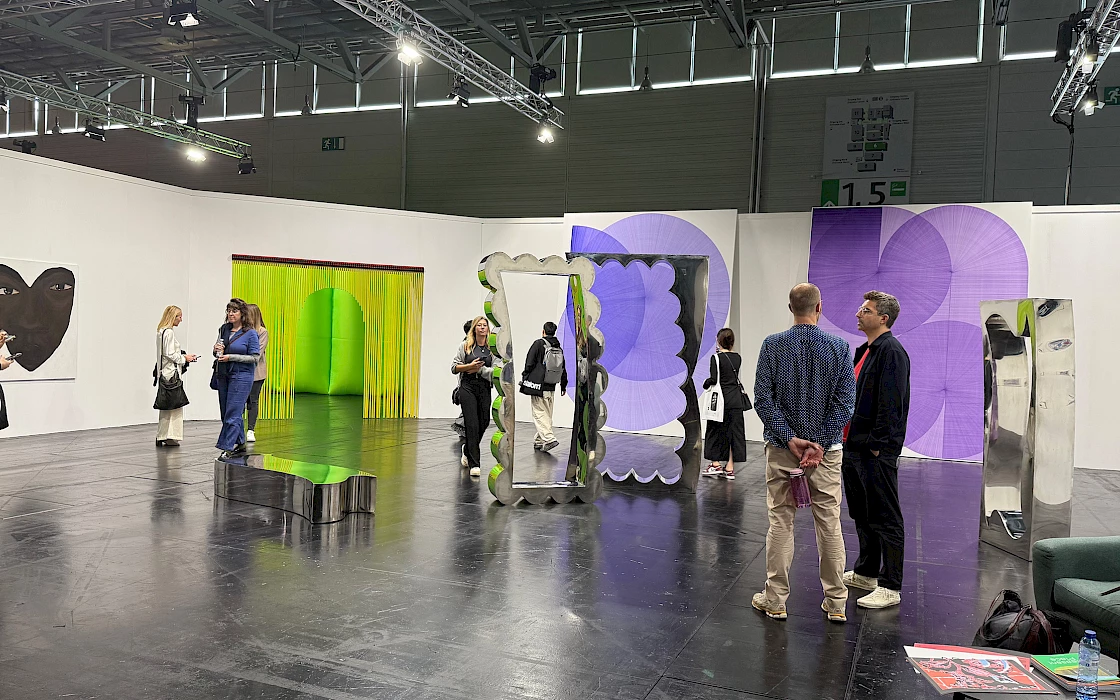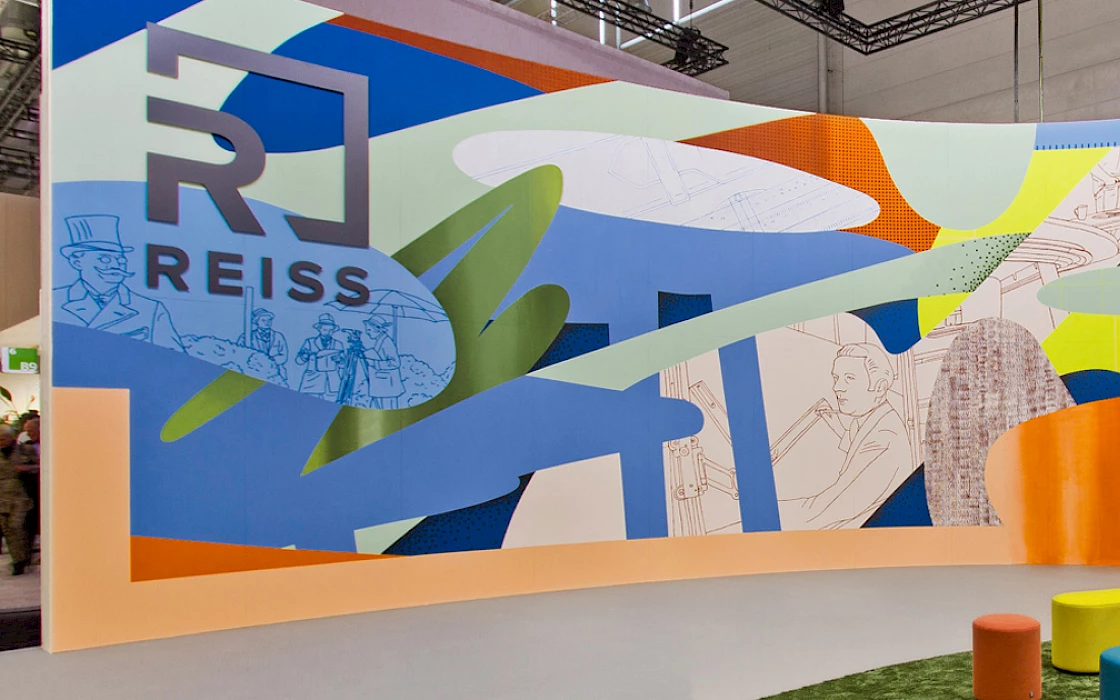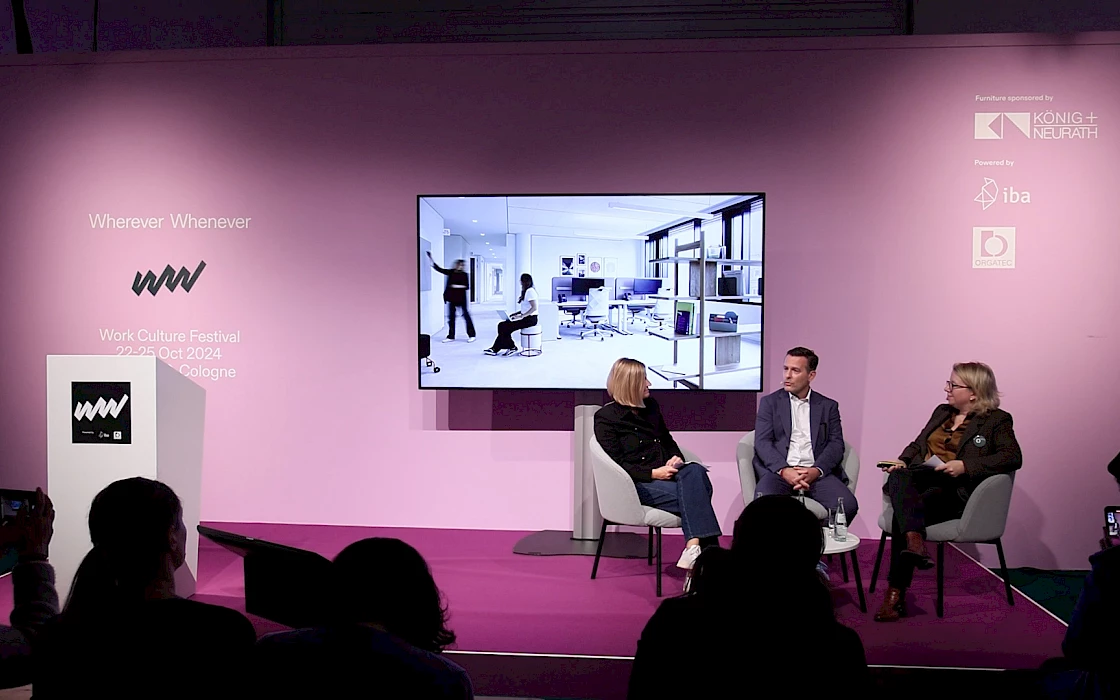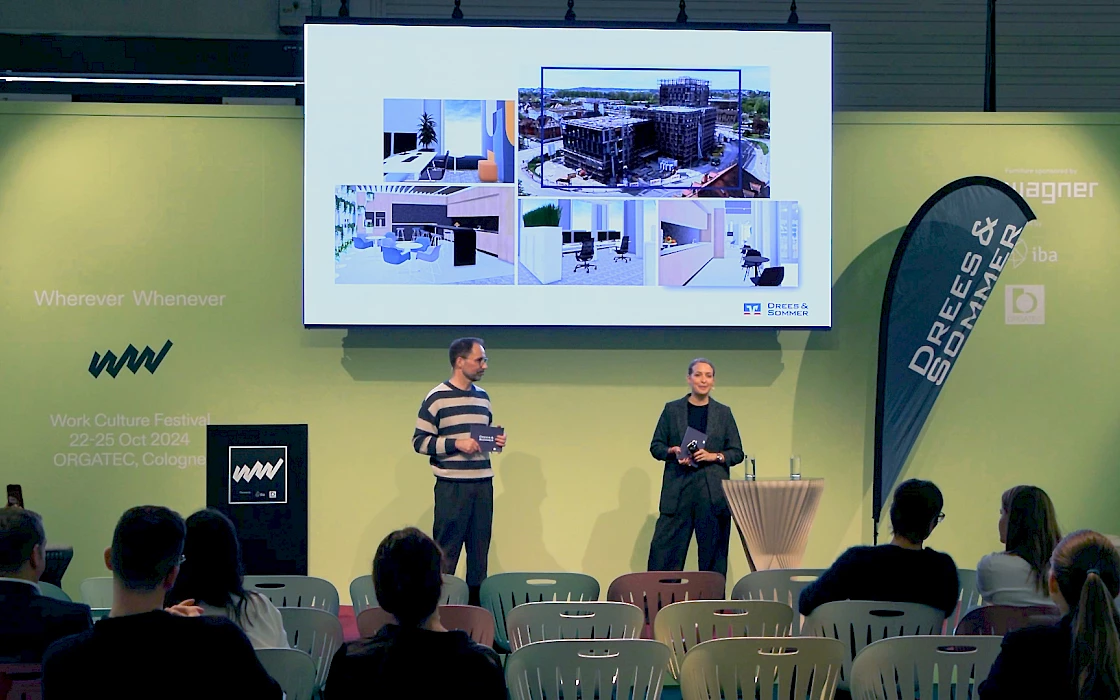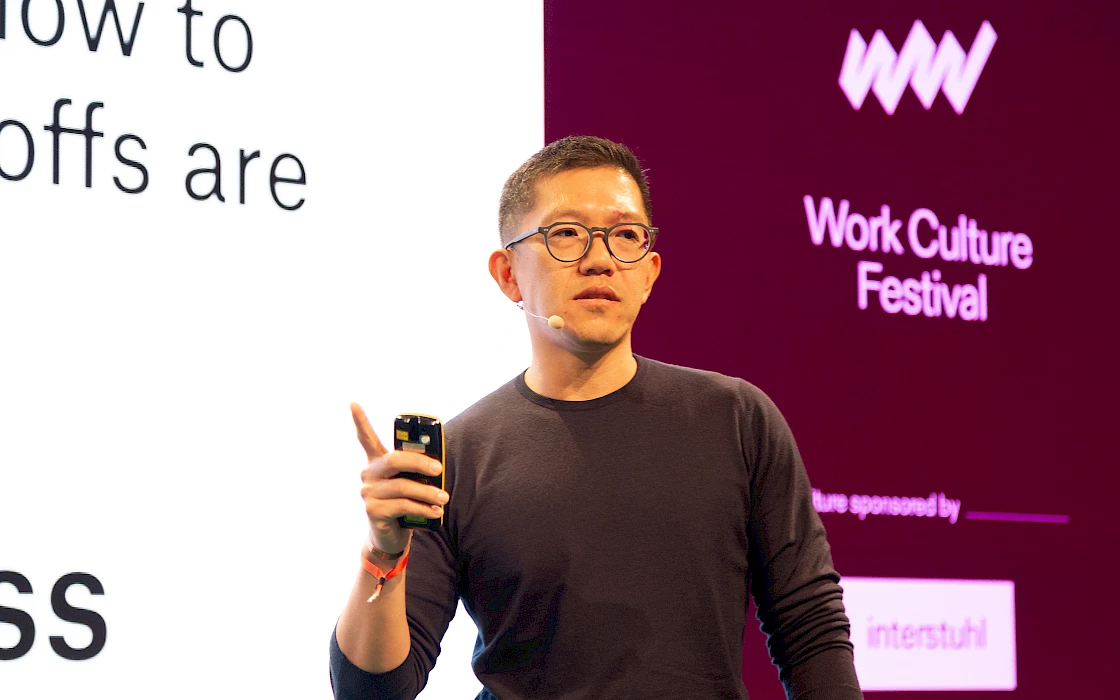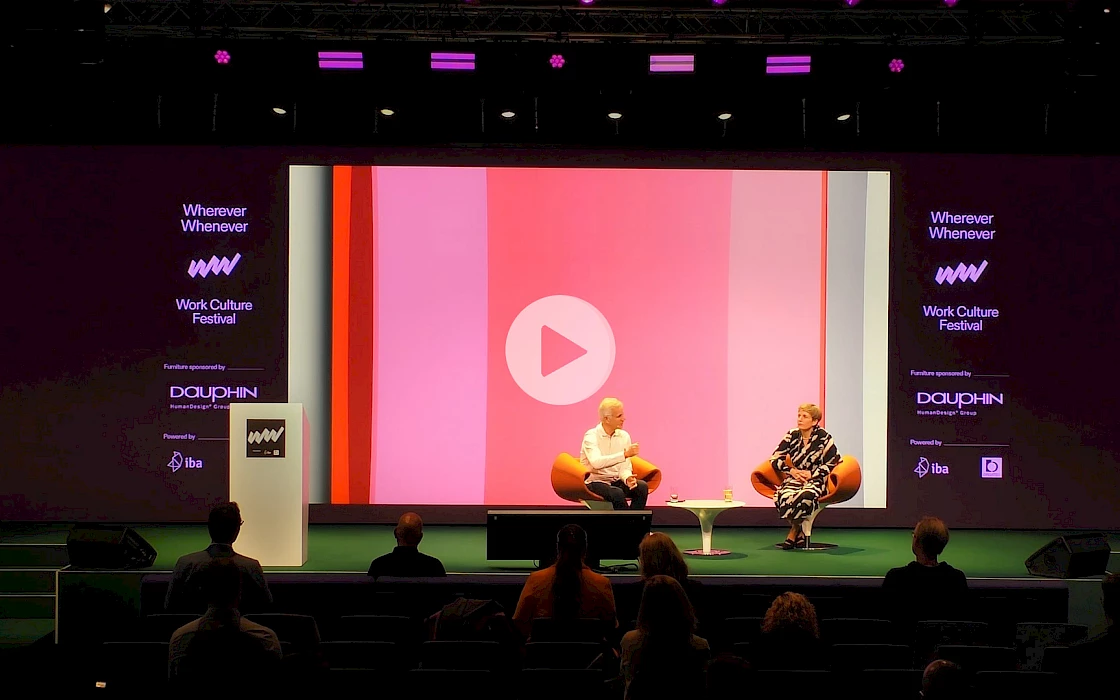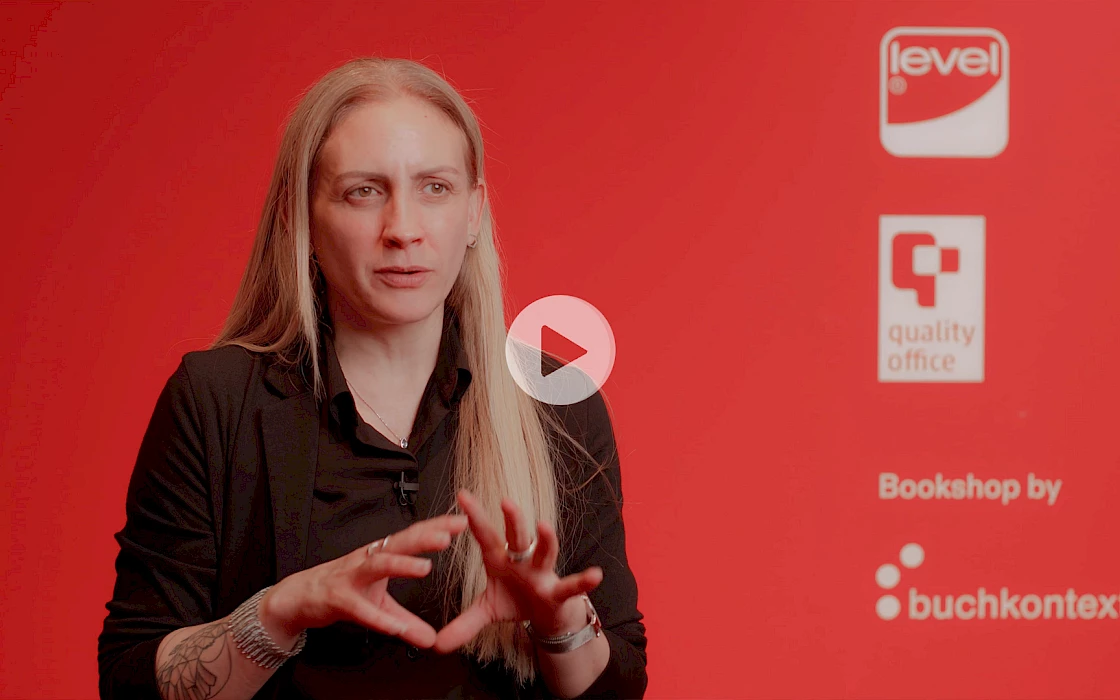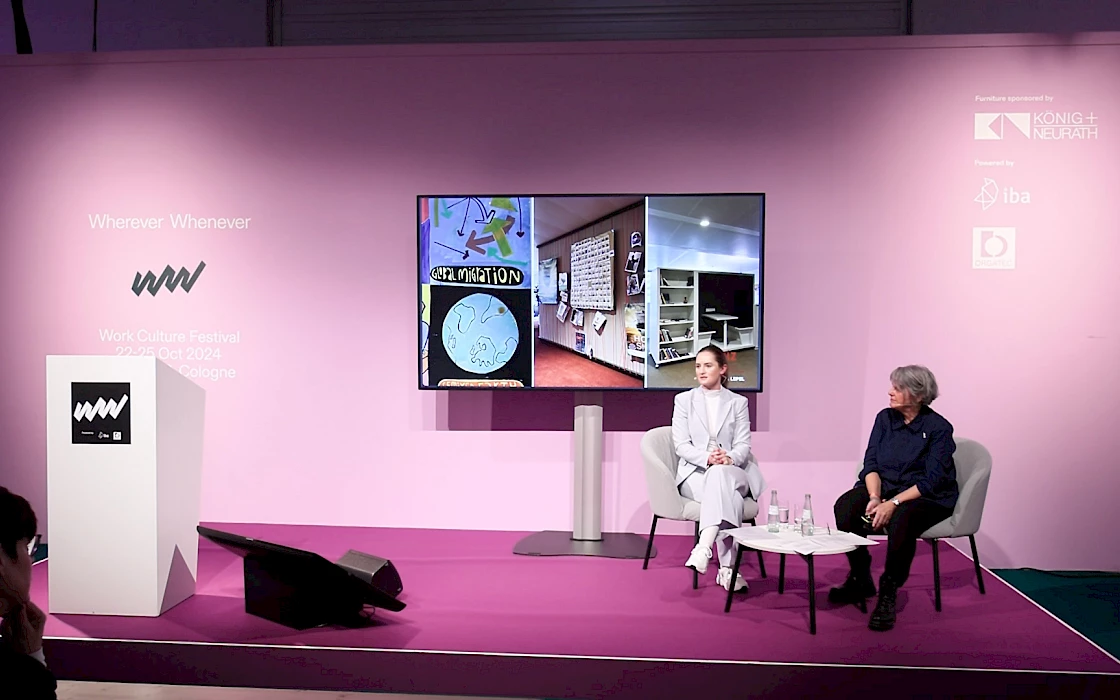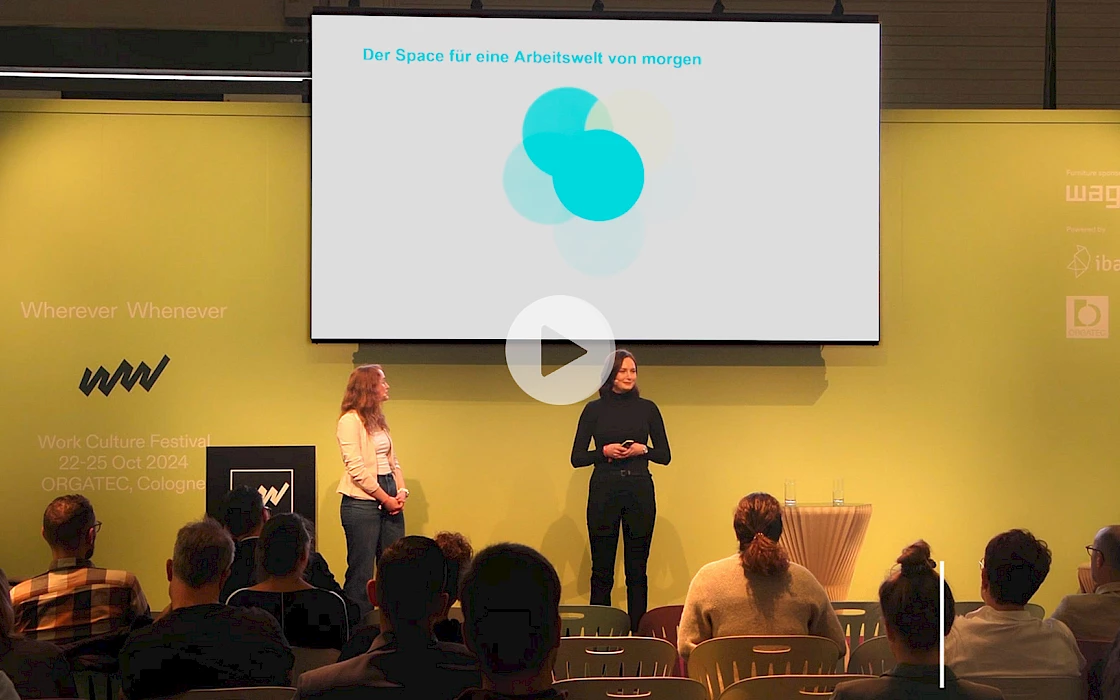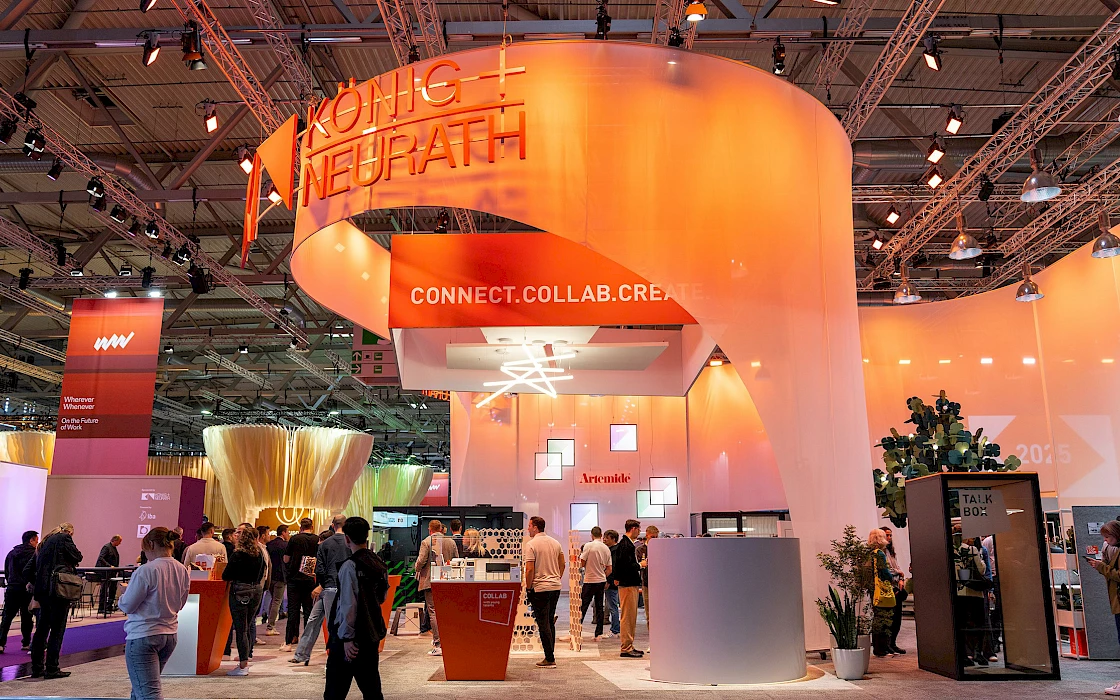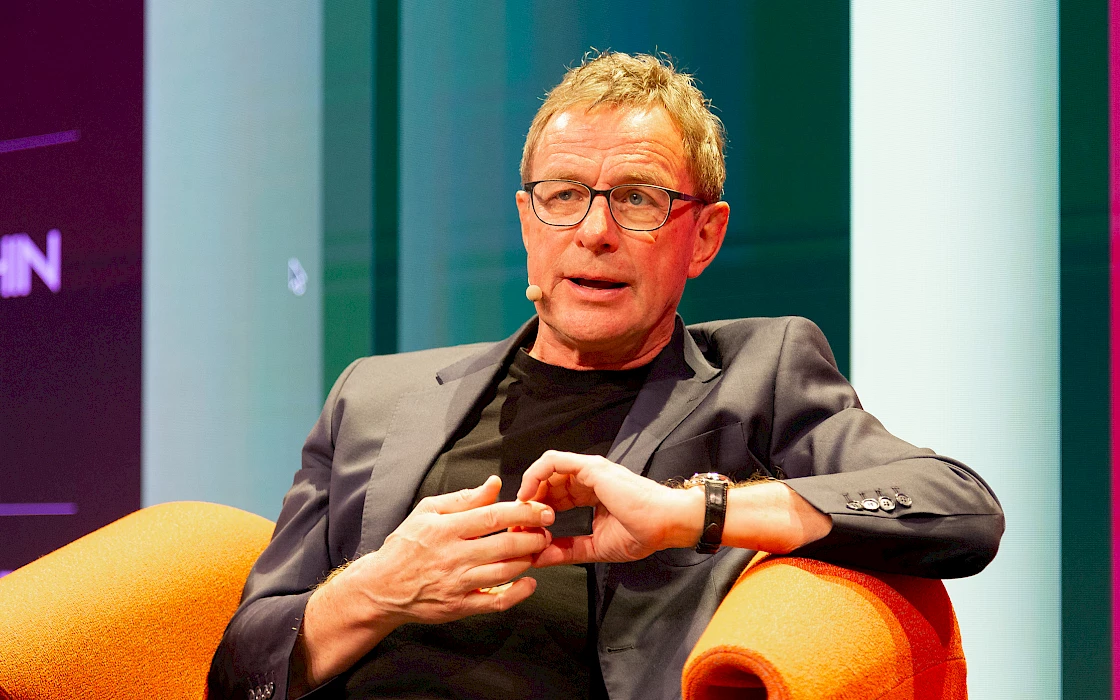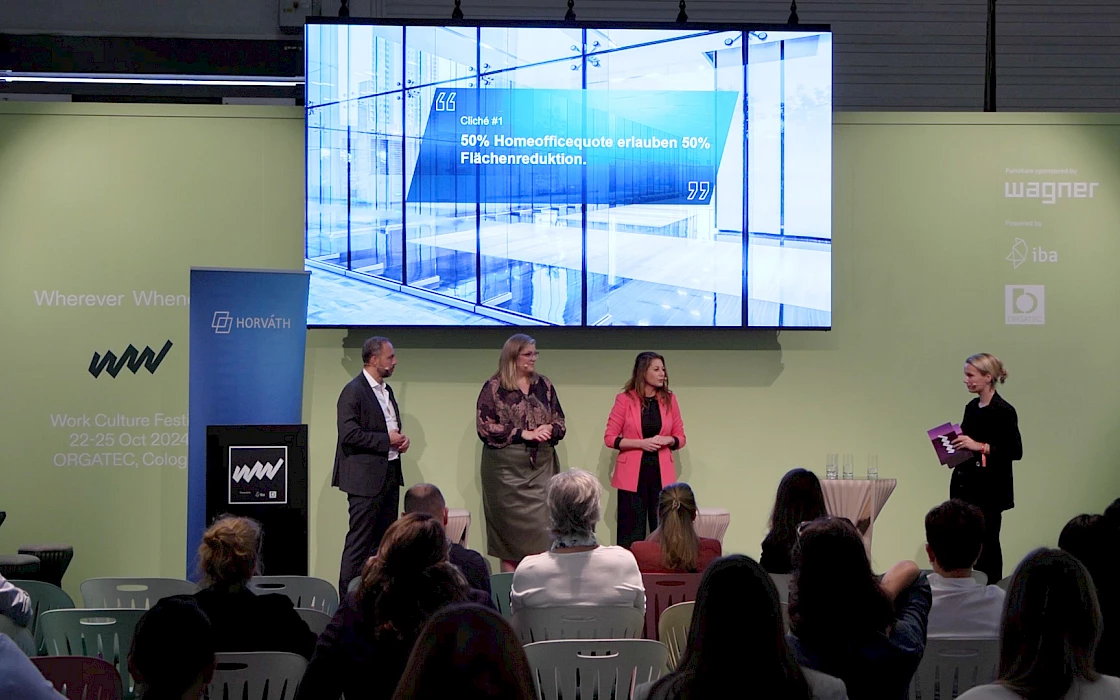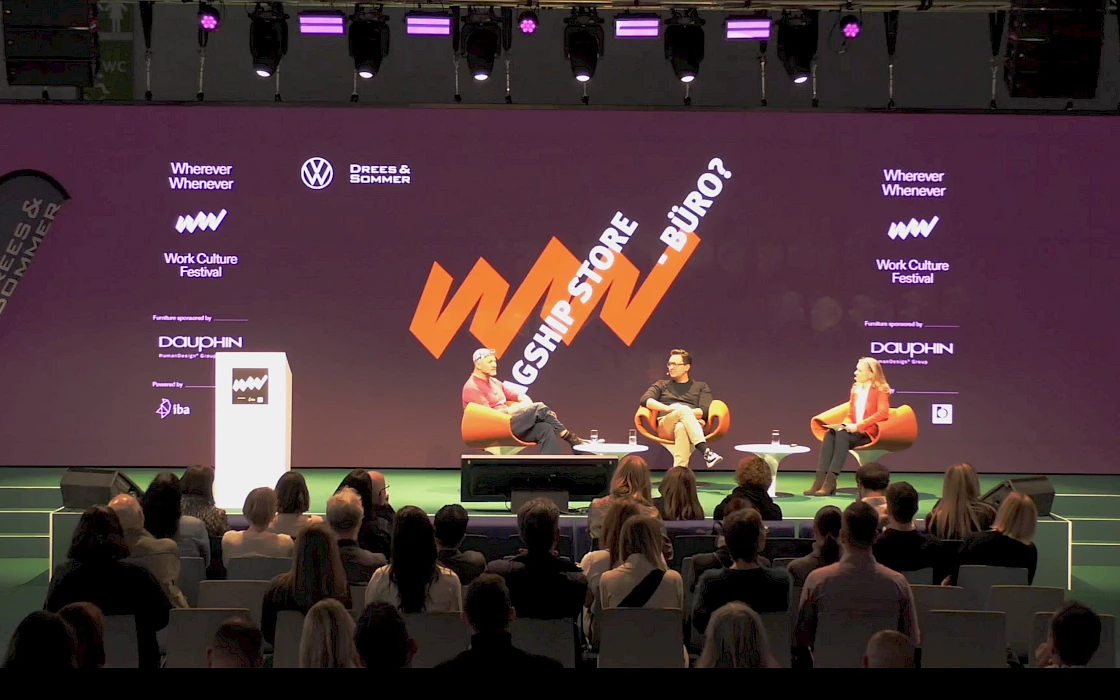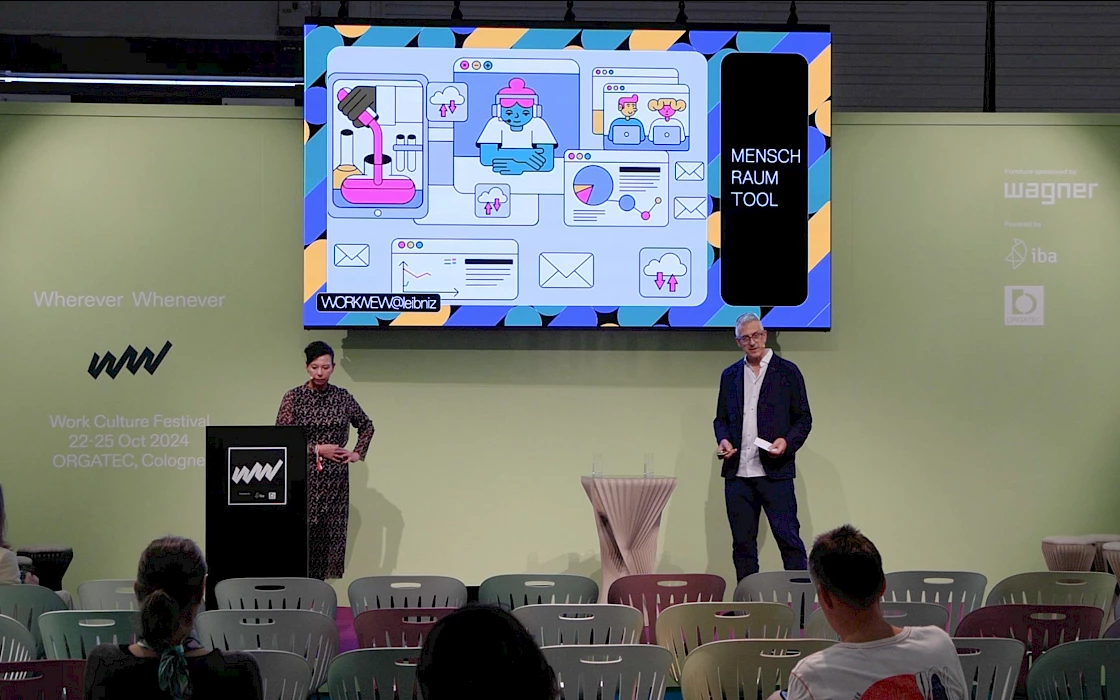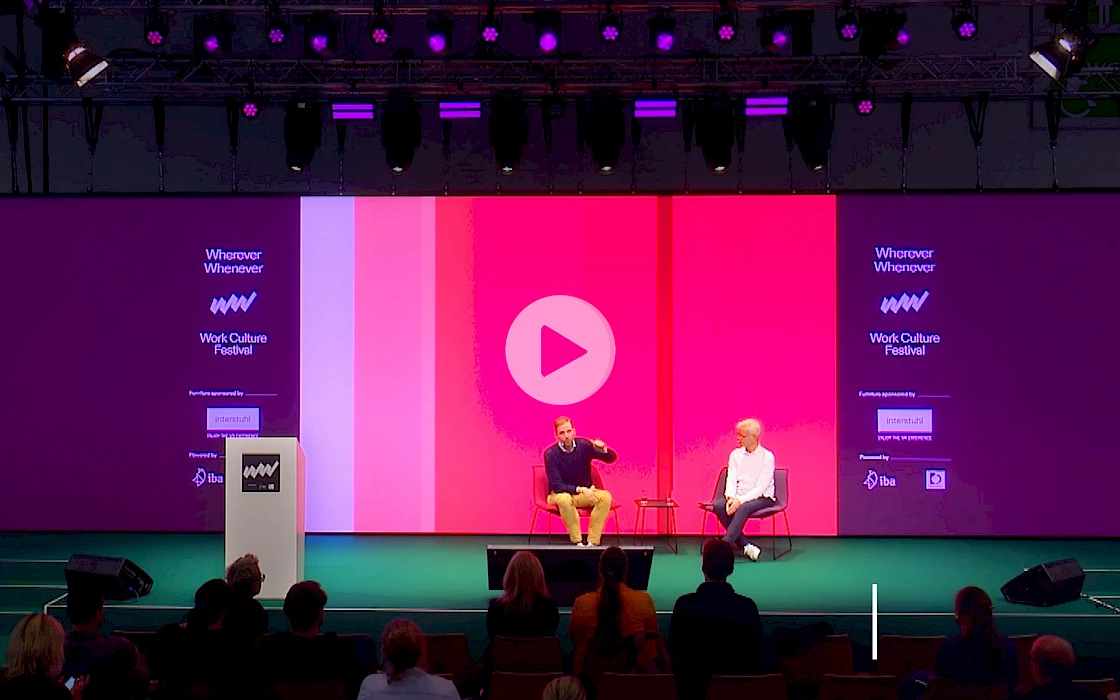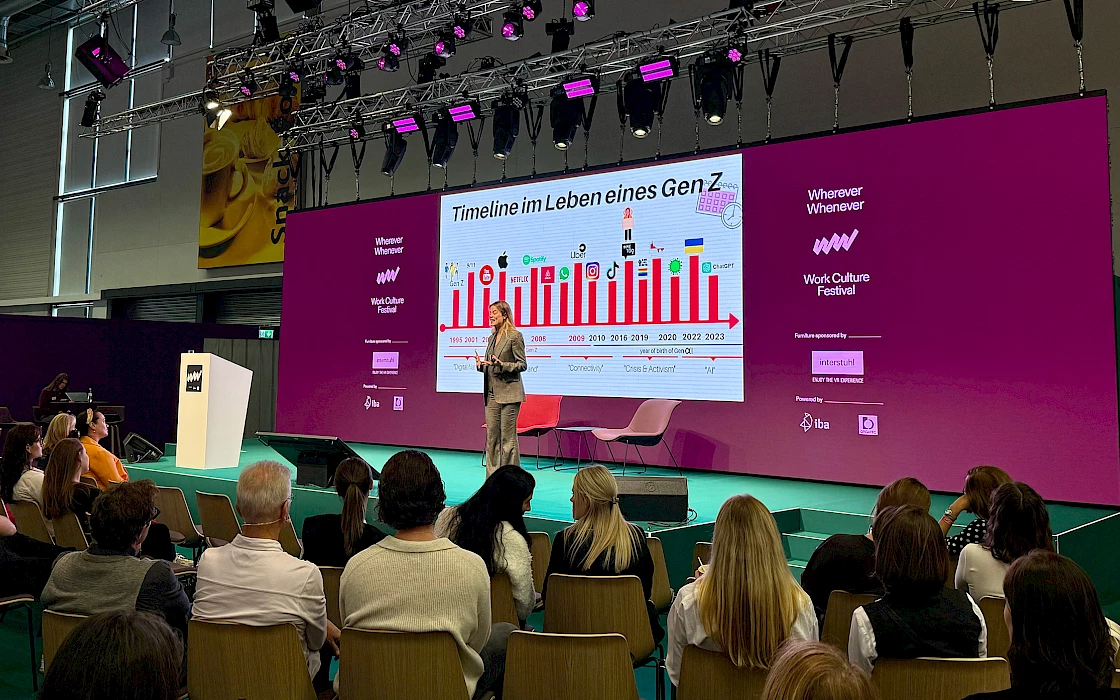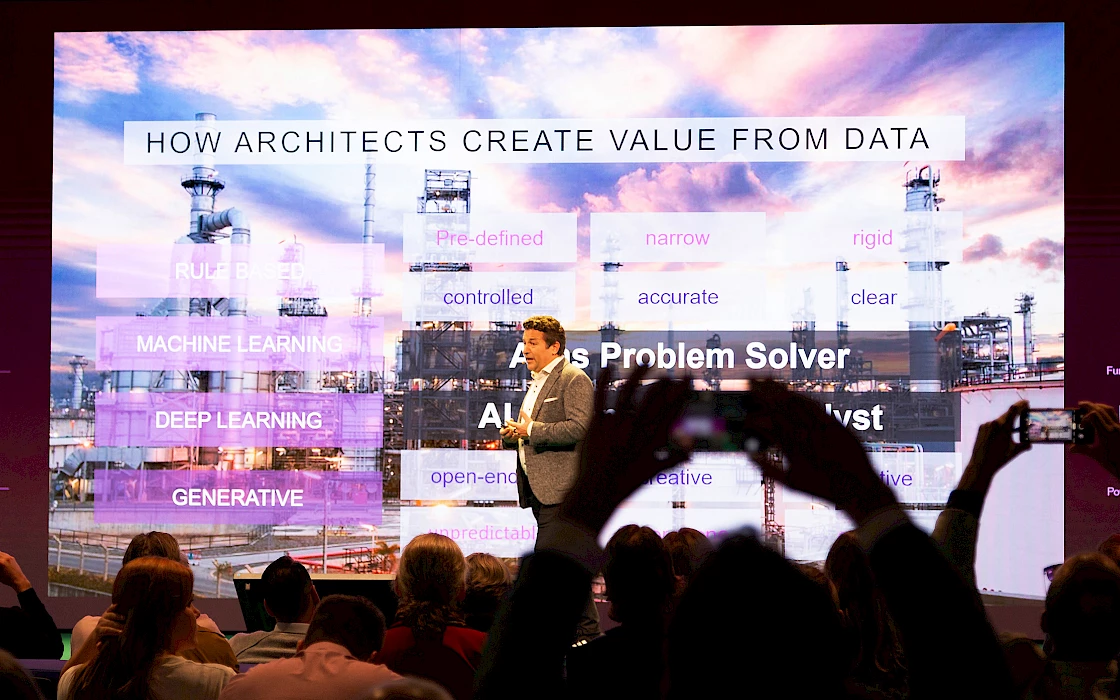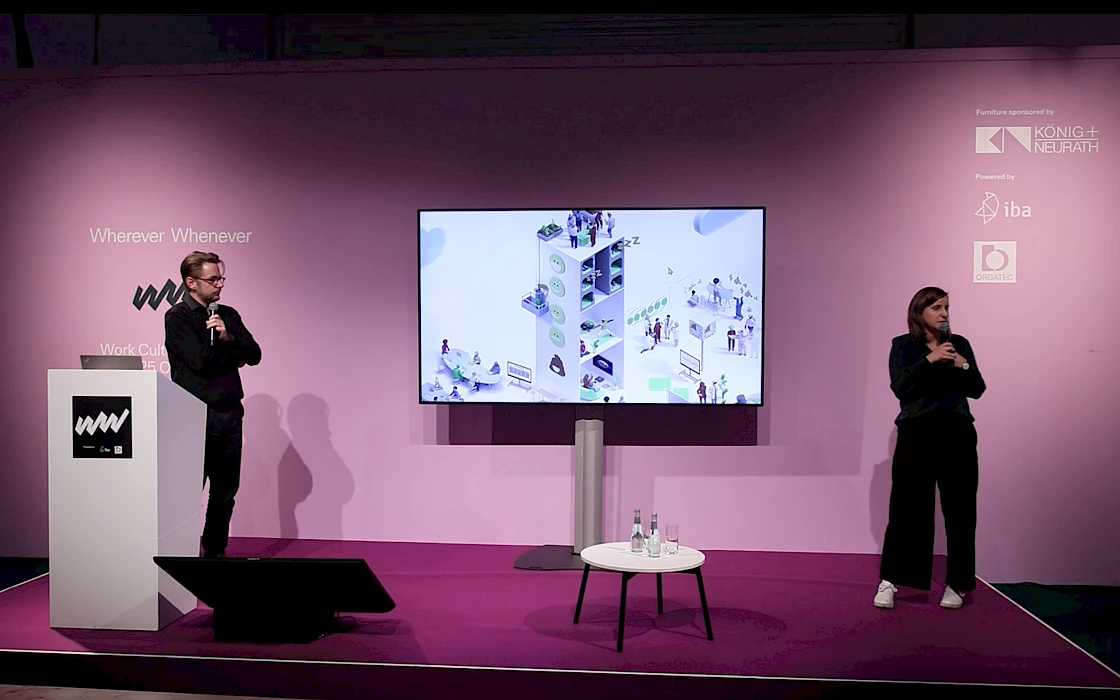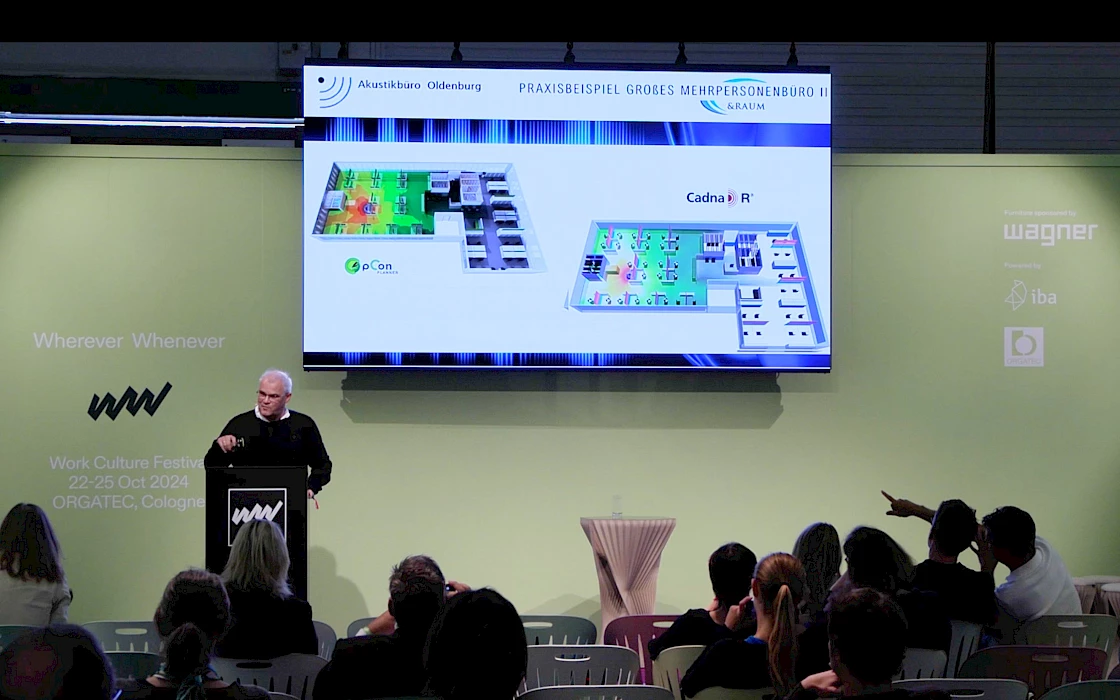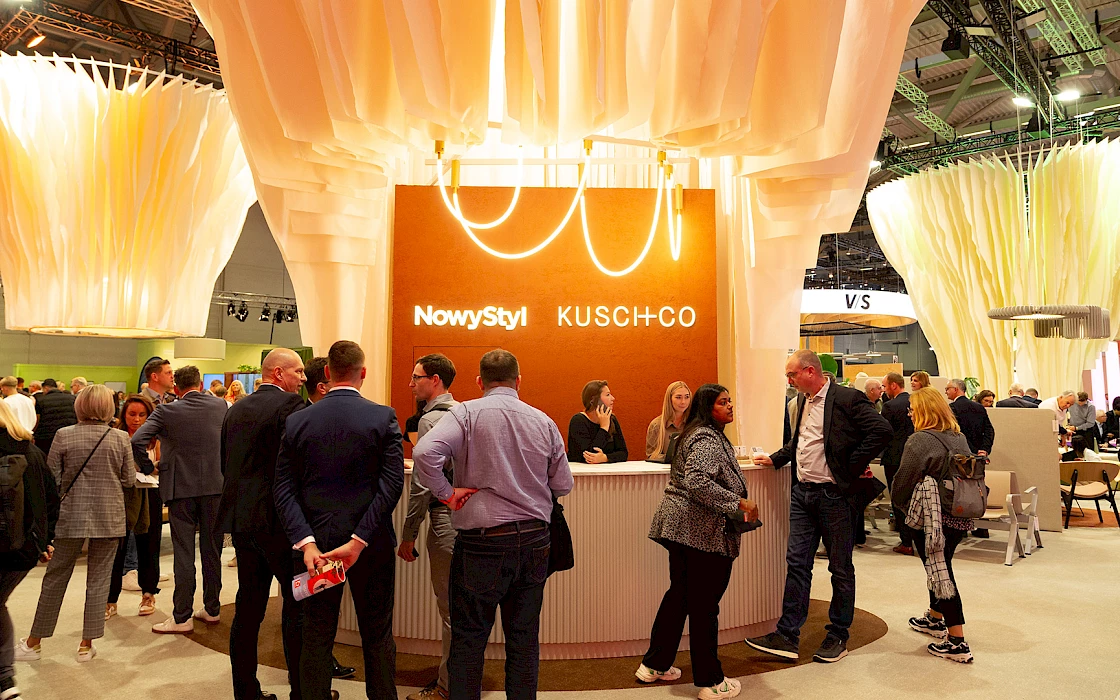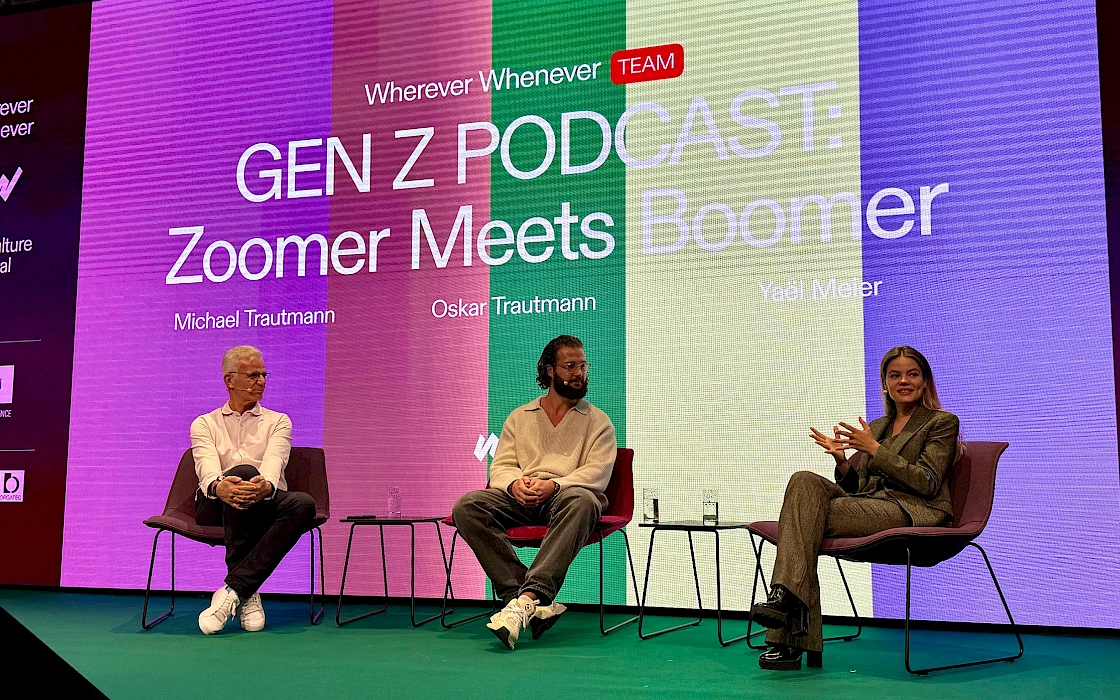
70% Back to Office Quota: Voluntarily!
-
 Volker WiddraHead of Purchasing, FM and Logistics | Haspa
Volker WiddraHead of Purchasing, FM and Logistics | Haspa
-
 Alexandra SaisnithHead of Workplace Strategy | combine Consulting
Alexandra SaisnithHead of Workplace Strategy | combine Consulting
-
 Bettina HeroldArchitect, All-rounder | combine Consulting
Bettina HeroldArchitect, All-rounder | combine Consulting
“With modern, activity-based office concepts, there is no need for rigid back-to-office rules. Attractive corporate structures and cultures convince employees to return to their ‘home base’ all by themselves. It happens because the boundaries between work and community are becoming blurred and the office is no longer just a place of work, but also a vibrant meeting place.”
Alexandra Saisnith and Bettina Herold of combine Consulting spoke to Volker Widdra of the Hamburger Sparkasse (Haspa) about the bank’s culture, its vision for future cooperation, its attractiveness as an employer and the necessary change process. In May 2025, Haspa moved its administration from three locations to its new headquarters on Hamburg’s Gänsemarkt. The central meeting places are the 35-metre-high atrium, two large internal “marketplaces” and the staff restaurant. The latter follows a special concept. Instead of individual tables, there is a large S shaped table. This encourages interaction and was quickly accepted by employees as a positive change. The changes to the workstations were equally dramatic. Instead of personal desks, each team has a ‘home port’ of desks they can use in the new headquarters, known as HaspaONE. However, anyone who wishes to do so, or who is currently doing a lot of work with another team, can also book desks in other teams’ home ports.
The whole process, from formulating the vision to the actual move, took five years. During this time, fears and concerns were allayed. In the last eleven months before the move, staff were able to work in small groups in the building, which was still undergoing installation work. This gave them the opportunity to gain experience that they could use in the final stages of implementation. Haspa’s presence rate in the new headquarters is currently 70 per cent — well above the minimum level of 50 per cent stipulated in the collective bargaining agreement.
The more flexible their corporate structure is, the better organizations can respond to economic and demographic challenges and prepare themselves for the future. They also strengthen the potential of employees and impress with their agility.
Photo: © IBA


























